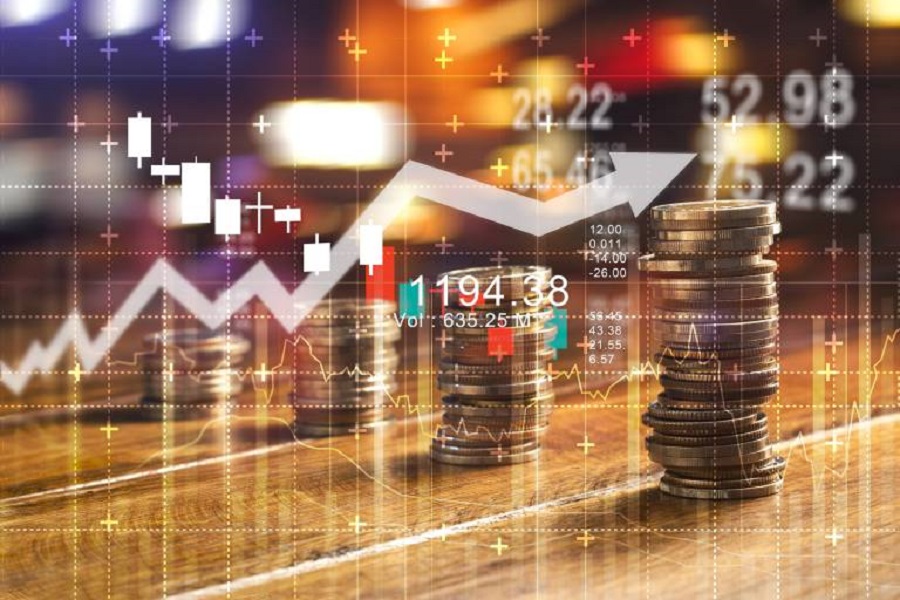RIO DE JANEIRO, BRAZIL – Expecting high global inflation, accelerated tapering in the United States, uncertainties about the Omicron variant, and local political risk in Brazil, experts forecast that 2022 will be a highly volatile year for Latin American currencies.
The issue was the topic of a debate among 3 experts on Friday (3) during the last day of the Ohmresearch Global Insights 2022 event.

Gautam Jain, a currency and interest rate strategist with over 20 years experience in global emerging markets, says the dollar’s recent drop came amid uncertainty over the spread of the Omicron coronavirus variant.
Accordingly, he expects the dollar’s volatility to linger for weeks or even months henceforth.
“The variant is more contagious, but we don’t yet know how severe the symptoms and effectiveness of current vaccines are for the variant. Will we have new restrictions and lockdowns? We don’t know yet. So it is better to think about not very positive scenarios,” he points out.
DIVERSE CURRENCY SCENARIOS
He expects two contrasting situations. In the first and more positive scenario, the variant will not be a concern, which will result in a boost to the North American economy. President Joe Biden will then be able to implement the planned investments. As a reflection of this scenario, the dollar would tend to rise.
On the other hand, in a second scenario, the Omicron could be more severe than expected. It would thus undermine the recovery of nations and the Fed could push tapering further. In this case, the dollar would be affected.
But, according to Gautam Jain, both scenarios are bad for emerging market currencies, such as Brazil.
As for investments, the expert believes that, in the short term, the ideal is to focus on euro-related assets to take the dollar out of the equation. “Or even check into value trades related to the emerging currency market,” he suggests.
In his opinion, the Brazilian real (R$) looks better than before, albeit not against the dollar. But in the local scenario the country should suffer with high volatility because of the presidential elections.
“We are entering a period of volatility. The dollar should strengthen in the coming months, which will lead to a very challenging environment for currencies,” he highlights.
EXPECTATIONS FOR BRAZIL
Senior economist Jaime Valdivia, with over 30 years experience in global hedge funds, believes that a potential impact of the Omicron on economies should be less severe than before, because the situation has improved with the advance of vaccination.
He believes it is impossible to forecast a reduction in inflation for next year. To the contrary, he believes in a strong acceleration of tapering by the Fed. Jaime Valdivia points out that the interest rate curve in the USA is completely “crazy,” with negative real rates, “something inexplicable”.
According to the economist, Brazil’s Central Bank should raise the benchmark interest rate to up to 12% – it is currently at 7.75% per year.
“This rate has incorporated a lot in terms of fiscal risk for Brazil. The soap opera of the court-ordered debt postponement is far from over and should impact some R$180 (US$32) billion by 2026,” he adds.
In the next COPOM meeting, to be held by the Cental Bank on December 7 and 8, he believes that there will be an increase of 150 basis points (1.5%). In 2022, further increases are expected until March, followed by a long stabilization throughout the year.
CHILE AND MEXICO
In Chile, Valdivia points out that the Central Bank has a tough job. The country’s interest rate should rise next week from 2.75% to 3.5%. But he believes that the increase will be insufficient and new hikes should occur.
Mexico is the Latin American country with the most challenging scenario for 2022, Valdivia says. With current inflation at 6.36%, the local Central Bank is targeting a 3% rate. “It is virtually impossible to see inflation converging to 3% next year,” the economist points out.
BRAZIL SHOULD EXPERIENCE UNSTABLE 2022
In 2022, the dollar should appreciate against virtually all emerging countries’ currencies, according to Kairós Capital CIO and partner Fabiano Godói.
He points out that countries are rushing to raise interest rates preventively so as not to lag behind, considering also a tapering acceleration by the Federal Reserve Bank.
On a local level, Fabiano Godói believes that Brazil’s Central Bank is in a difficult situation not only due to the high inflation, but also with the political risks for next year. In other words, it is a very complex scenario that will have a great impact on risk allocations in Brazil.
“As a local investor, I would rather have most of the risk allocated offshore. Although I understand that we have very interesting prices in our risk assets. Very interesting entry points,” he says.
Despite foreseeing an unstable 2022 due to the elections in Brazil, Fabiano Godói believes that the stress in the market, inflation, and the yield curve are also being priced in.
“A third candidate raising voting intentions in the coming months would be good for Brazilian prices. This would be something the market would be watching, and probably would be the only option for the next 6 months for Brazilian assets,” he highlights.
But any rise in Brazilian assets will be short-lived, he says. “In April next year we will be deep into the election year, we will be looking at candidates, government policies, and everything will be very volatile as it has always been in election years,” he says.
He expects the interest rate to reach 11% by March next year, and even then GDP (Gross Domestic Product) growth should be close to 0% and inflation just under 5%.

